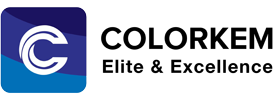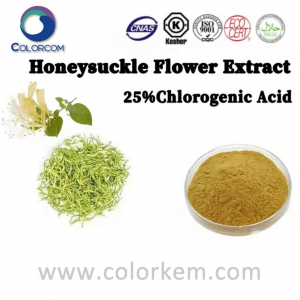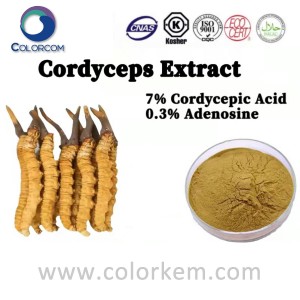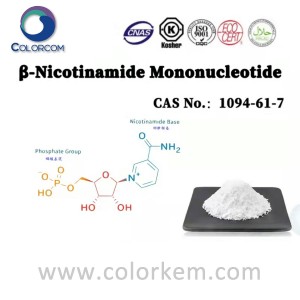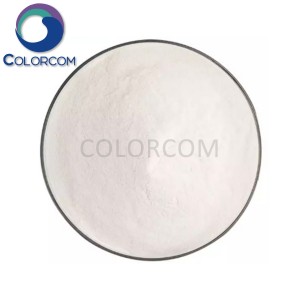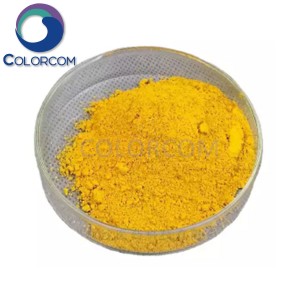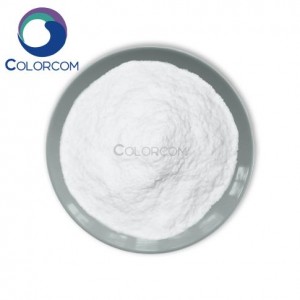Honeysuckle Flower Extract 25%Chlorogenic Acid | 84603-62-3
Product Description:
Honeysuckle extract is extracted from honeysuckle, also known as Japanese honeysuckle or honeysuckle. It is known as the best antibacterial and inflammation-reducing herb. It is one of the more familiar Chinese herbal medicines.
The Compendium of Materia Medica named it honeysuckle simply because its flowers are initially white (silver) and then turn yellow (gold) when fully bloomed. Due to its unique medicinal properties and many benefits, it is used not only as a medicine but also as a substitute for tea due to its bitter-sweet taste and aroma.
What's more, regular consumption of it will not hurt the stomach, it can quickly reduce inflammation by eliminating moisture and toxins, and honeysuckle contains chlorogenic acid, which can reduce the risk of gallstones.
The efficacy and role of Honeysuckle Flower Extract 25%Chlorogenic Acid:
Cardiovascular protection
CGA (chlorogenic acid, CGA) as a free radical scavenger and antioxidant has been proved by a large number of experiments ll J. This biological activity of CGA can have a protective effect on the cardiovascular system.
Anti-mutagenic and anti-cancer effects
Animal experiments show that CGA has preventive and inhibitory effects on the occurrence of gastric cancer and colon cancer.
The anti-mutagenic and anti-cancer mechanisms of CGA may be related to the following factors: Pro-oxidation: Jiang et al. found that CGA is a pro-oxidant in an alkaline environment, which can cause tumor cells to generate larger DNA fragments and cause nuclear agglutination. This effect may be related to hydrogen peroxide.
Lipid-lowering effect
Intravenous administration of CGA significantly reduced plasma cholesterol and triglyceride levels in rats, as well as liver triglyceride levels.
Anti-leukemia effect
In vitro studies by Chiang et al found that CGA has weak anti-leukemia activity J. Bandyopadhyay and other studies have shown that CGA can inhibit Ber-Abl and c-Abl tyrosine kinase, and induce the apoptosis of Ber-Abl positive cells including Ber-Abl positive blast lymphocytes in patients with chronic myeloid leukemia.
Immunomodulatory effects
In vitro studies have shown that CGA can not only significantly enhance the proliferation of T cells caused by influenza virus antigens, but also induce the production of 7-IFN and a-IFN in human lymphocytes and human peripheral blood leukocytes.
Hypoglycemic effect
The studies of Andrade-Cetto A and Wiedenfeld H confirmed that CGA has hypoglycemic effect in animals, and its hypoglycemic effect within 3 h was not statistically different from that of glyburide [31 J. The mechanism may be related to the inhibition of glucose-6-phosphate transferase and glucose absorption.
Others
CGA can also inhibit the production of cytokines and chemokines caused by staphylococcal exotoxin, and inhibit the contraction of fibroblast collagen network and stress caused by hypertrophic scar-derived fibroblasts (mFs).
Adrenocorticotropic hormone (ACm) elevation caused by the reaction.
